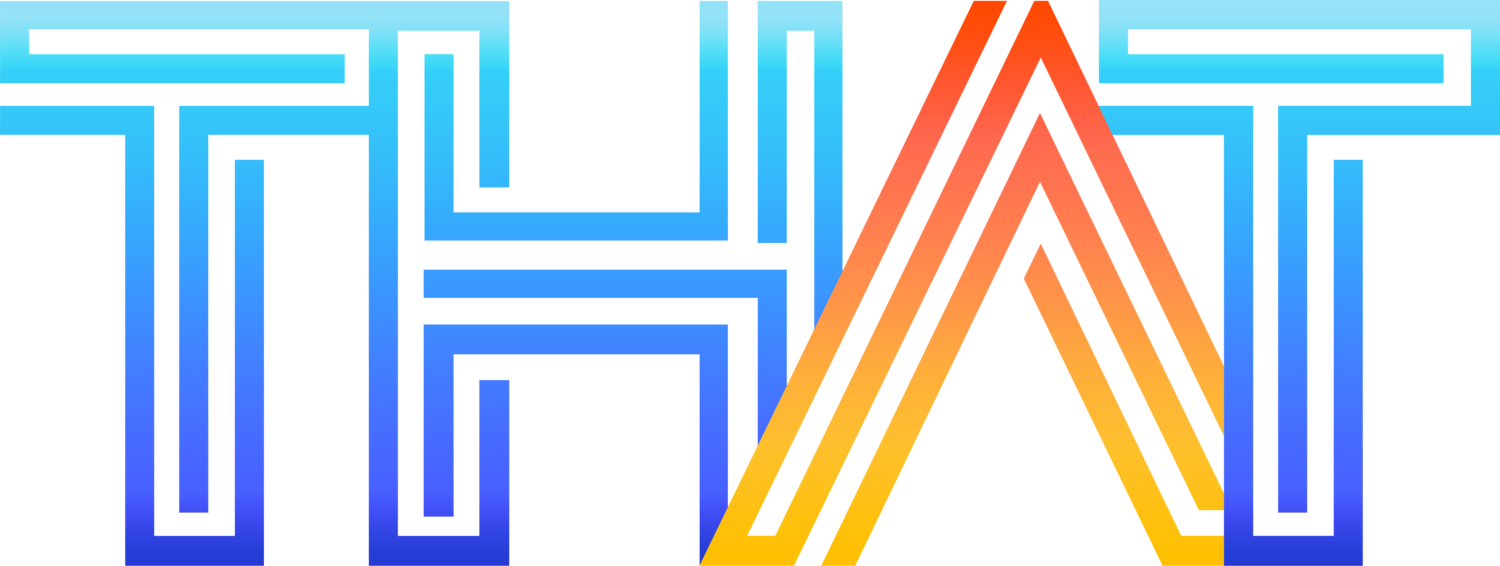How to Use V-Flats for Better Studio Portraits
If you're looking to take your studio light control to the next level, using photography studio in Toronto with v-flats is an excellent choice. These versatile, simple-to-use tools are essential for controlling light, shaping shadows, and creating a more flattering portrait setup. In this guide, we’ll walk you through how to use V-flats effectively to enhance your studio portraits.
What Are V-Flats?
V-flats are large, flat panels that are typically made from lightweight foam board or similar materials. They are hinged together at a 90-degree angle, forming a "V" shape. These panels are often used in studio photography to reflect, diffuse, or block light. V-flats are ideal for portraits as they allow you to manipulate the lighting without needing complicated setups. This is especially useful if you are a Toronto family photographer.
Key uses for V-flats:
Bounce light: Reflect natural or artificial light onto your subject to create softer, more even lighting.
Flag light: Block harsh or unwanted light that may create distracting shadows or highlights.
Shape shadows: Use the V-flats to control the direction and intensity of shadows, adding depth and dimension to your portraits.
Why Use V-Flats for Portrait Photography?
In studio portraiture, lighting plays a critical role in determining the mood, tone, and overall quality of the image. Using V-flats allows you to control the light more precisely, offering several advantages:
Enhanced light control: Adjust the direction of your light, whether you're looking for a soft, diffused look or more dramatic lighting.
Versatility: V-flats can be used in different orientations (vertical, horizontal) and can work with both natural and artificial light setups.
Cost-effective: Compared to other studio equipment, V-flats are relatively inexpensive and can be DIY-built, making them a great addition to any studio setup.
How to Use V-Flats for Better Portraits
1. Using V-Flats to Bounce Light
One of the most popular uses of V-flats in a photography studio Toronto is to bounce light onto the subject. When placed opposite your light source, the V-flat will reflect light back onto the model, softening shadows and creating an even light distribution.
How to do it:
Place a V-flat on the opposite side of your light source (usually the key light).
Adjust the angle of the V-flat to bounce light back onto the subject’s face or body.
Experiment with the distance between the V-flat and the subject to control the intensity of the light bounce.
Use a white side of the V-flat for a soft reflection or a silver side for a more pronounced, brighter effect.
2. Using V-Flats as a Flag to Block Light
If you're dealing with unwanted light spill or harsh shadows, V-flats can be used as flags to block light. This helps create more controlled lighting and avoids overexposing areas of your portrait.
How to do it:
Position the V-flat between the light source and your subject to block excess light from hitting the subject.
Use the flat side of the V-flat to block direct light and shape the light hitting your subject.
This technique works especially well for controlling highlights and making sure light falls only where you want it.
3. Shaping Shadows with V-Flats
When working with studio light control, V-flats are great for shaping shadows, adding depth to your portrait, and enhancing the mood. By adjusting the position of the V-flats, you can control the harshness or softness of the shadows.
How to do it:
Use the V-flat to adjust the shadow area. Placing it closer to the light source will soften shadows, while moving it further away will create more contrast.
Experiment with positioning the V-flats at different angles to change the intensity of the shadow.
For a classic, high-contrast look, place the V-flat further from the subject, allowing deeper shadows to form.
4. Using V-Flats for Background Control
V-flats are also helpful when you want to create separation between the subject and the background. By placing them behind your subject or along the edges, you can modify the light that falls on the background, either darkening it or creating more contrast.
How to do it:
Place the V-flat behind the subject, angled toward the background, to control how much light is falling on it.
Use the V-flat to create a solid, dark background or to reduce light spill from a brightly lit backdrop.
This technique helps keep your subject in sharp focus while ensuring the background doesn’t compete for attention.
Additional Tips for Using V-Flats in Portrait Photography
Experiment with different angles: Don’t be afraid to adjust the V-flats during the shoot to see how small changes impact the light and shadows.
Control the softness of the light: For softer portraits, use the V-flats closer to your subject or with a large distance from the light source. For a harder, more dramatic effect, move the V-flats further away.
Use in combination with modifiers: Pair V-flats with other modifiers like softboxes or umbrellas to create a more customized look.
Conclusion
Using V flats photography studio Toronto is an excellent way to enhance your studio light control and produce stunning portrait photography. Their versatility, cost-effectiveness, and ability to modify light make them an essential tool for both beginners and seasoned photographers. Whether you're bouncing light, flagging, or shaping shadows, V-flats offer endless possibilities to take your studio portraits to the next level. So, experiment with V-flats and discover the best techniques for your unique style!
